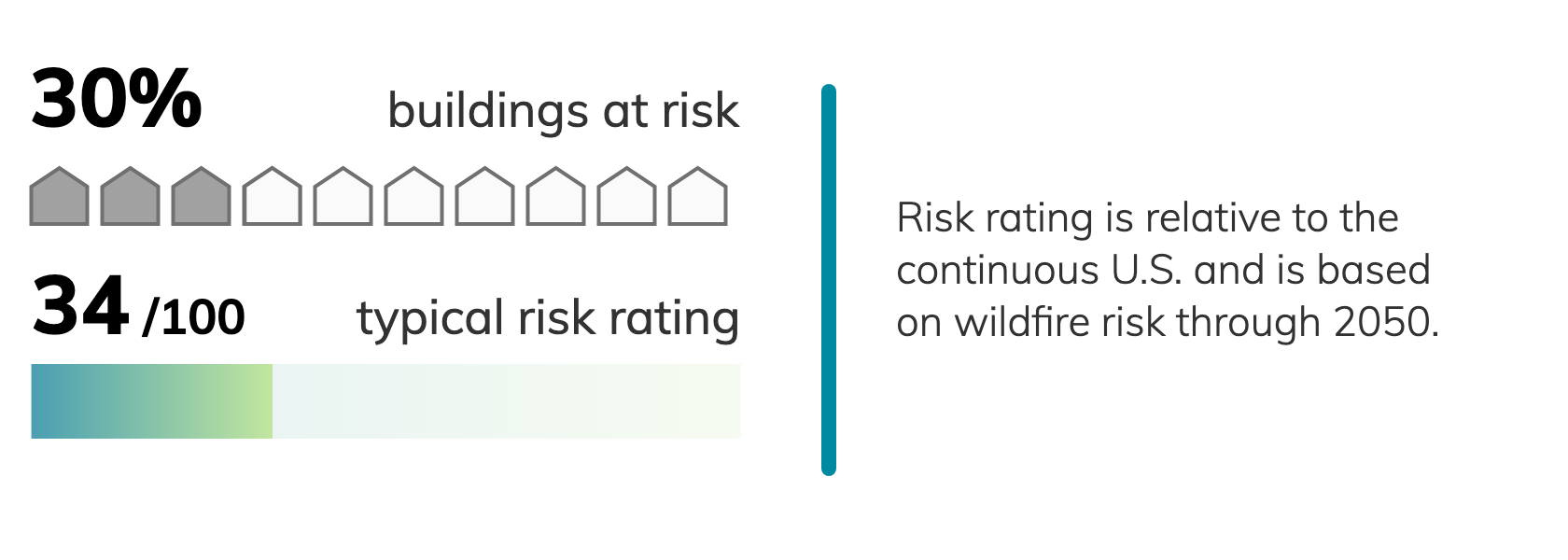The Heartbeat Of Europe: A Journey From Rejection To Triumph

Table of Contents
The Echoes of Rejection: Historical Setbacks and Periods of Division
Europe's path to unity has been fraught with challenges. The continent's history is punctuated by periods of intense conflict and division, leaving deep scars that continue to shape its identity.
The Scars of War:
The devastating impact of two World Wars profoundly altered the European landscape. Millions perished, infrastructure lay in ruins, and political systems crumbled. The consequences extended far beyond the battlefield, impacting generations to come.
- World War I: The war's brutal trench warfare and immense loss of life (estimated 15-22 million deaths) left Europe politically fragmented and economically shattered. The Treaty of Versailles, while aiming for peace, sowed the seeds of future conflict.
- World War II: The even more catastrophic Second World War, with an estimated 70-85 million casualties, resulted in widespread destruction and the Holocaust, a horrific genocide that continues to haunt the continent. Post-war recovery was slow and arduous, with many nations facing immense challenges in rebuilding their societies.
- Political Upheaval: The wars fostered political instability and the rise of extremist ideologies, further hindering the process of European unity and post-war recovery.
Overcoming division and fostering European unity became a paramount goal in the aftermath of these catastrophic events.
Ideological Conflicts and Cold War Tensions:
The post-war era was further complicated by the rise of the Cold War, dividing Europe into opposing ideological blocs. The Iron Curtain descended, creating a physical and ideological barrier that separated East and West for decades.
- The Iron Curtain: This symbolic division represented the stark contrast between communist Eastern Europe and the capitalist West, fueling distrust and hindering cooperation.
- The Berlin Wall: A potent symbol of the Cold War division, the Berlin Wall physically separated families and symbolized the ideological chasm between East and West. Its fall in 1989 marked a significant turning point towards European integration.
- Geopolitical Instability: The Cold War fostered a climate of fear and suspicion, leading to an arms race and constant geopolitical instability across the continent. Overcoming this legacy of the East-West divide required significant diplomatic efforts.
The Seeds of Triumph: The Dawn of Cooperation and Integration
Despite the deep scars of the past, Europe embarked on a remarkable journey towards cooperation and integration. This transformation is largely attributed to the creation and evolution of the European Union.
The Formation of the European Union:
The EU's formation represents a pivotal moment in European history. Driven by a desire for lasting peace and prosperity, several nations began collaborating, gradually expanding their cooperation to create a unified political and economic entity.
- The Treaty of Paris (1951): This marked the creation of the European Coal and Steel Community (ECSC), laying the foundation for future integration.
- The Treaty of Rome (1957): This established the European Economic Community (EEC), laying the groundwork for a common market and closer economic ties.
- EU Expansion: The EU has steadily expanded, incorporating new member states from across Europe, demonstrating its commitment to inclusivity and broader European integration. This expansion has also presented new challenges, requiring ongoing adaptation and compromise.
Economic Growth and Social Progress:
The EU has fostered significant economic growth and social progress. The creation of the single market eliminated trade barriers and fostered economic prosperity across member states.
- Economic Prosperity: The EU's single market has stimulated economic growth, creating jobs and improving living standards across member states. Free movement of people and goods has further boosted economic activity.
- Social Cohesion: The EU has implemented various social programs aimed at improving social welfare, promoting equality, and strengthening European identity. This includes initiatives focusing on education, healthcare, and environmental protection.
- Cultural Exchange: The EU has fostered cultural exchange and understanding, promoting a sense of shared European identity through various initiatives, including educational programs and cultural events.
A Resilient Heartbeat: Navigating Modern Challenges
The Heartbeat of Europe continues to beat strongly, even in the face of modern challenges. The EU has demonstrated its resilience and adaptability in responding to various global crises.
Responding to Global Crises:
The EU has faced numerous crises in recent years, testing its ability to cooperate and find solutions. Its response to these challenges has been varied, highlighting both its strengths and weaknesses.
- The Eurozone Crisis: The economic crisis of 2008-2012 severely tested the Eurozone, highlighting the challenges of economic coordination within a monetary union.
- The Migration Crisis: The influx of refugees and migrants in recent years has presented both humanitarian and logistical challenges, requiring coordinated efforts from EU member states.
- The COVID-19 Pandemic: The pandemic highlighted both the importance and the limitations of EU-level coordination in responding to global health crises.
The EU's response to these challenges, while imperfect, demonstrates its enduring commitment to European solidarity and its capacity for adaptation.
The Future of the Heartbeat:
Looking ahead, the EU faces ongoing challenges and opportunities. The future of Europe hinges on its ability to address these challenges effectively and maintain its commitment to cooperation.
- Brexit and its Consequences: The UK's withdrawal from the EU poses ongoing challenges and necessitates a re-evaluation of the EU's internal structure and external relationships.
- Climate Change: Addressing climate change requires concerted action from all EU members, demanding significant investment and policy changes.
- Technological advancements: Adapting to rapid technological change and harnessing its potential requires innovation and proactive policies.
The future of European cooperation remains a dynamic process, requiring continued commitment and adaptation to ensure sustainable development and prosperity.
Conclusion: The Enduring Heartbeat of Europe
Europe's journey, from the devastation of war and division to the remarkable achievement of cooperation and integration, is a powerful testament to human resilience and the transformative power of unity. The Heartbeat of Europe, a metaphor for its enduring spirit, continues to pulse strongly. Understanding this journey is crucial to appreciating the ongoing efforts to foster peace, prosperity, and cooperation within the European Union. Join the rhythm of the European Heartbeat by exploring the rich history and diverse cultures that make up this remarkable continent. Dive deeper into the story of the European Union and its impact on the world. Understanding the Heartbeat of Europe is understanding a crucial chapter in the history of human progress.

Featured Posts
-
 Young Thug Hints At Uy Scuti Album Release
May 10, 2025
Young Thug Hints At Uy Scuti Album Release
May 10, 2025 -
 Have Trumps Executive Orders Impacted Your Life As A Transgender Person We Want To Hear From You
May 10, 2025
Have Trumps Executive Orders Impacted Your Life As A Transgender Person We Want To Hear From You
May 10, 2025 -
 Ajaxs Brobbey Strength And Power Key To Europa League Success
May 10, 2025
Ajaxs Brobbey Strength And Power Key To Europa League Success
May 10, 2025 -
 Arresto De Estudiante Transgenero Derecho A Usar Bano Femenino
May 10, 2025
Arresto De Estudiante Transgenero Derecho A Usar Bano Femenino
May 10, 2025 -
 Are We Normalizing Disaster The Los Angeles Wildfires And The Gambling Culture
May 10, 2025
Are We Normalizing Disaster The Los Angeles Wildfires And The Gambling Culture
May 10, 2025
